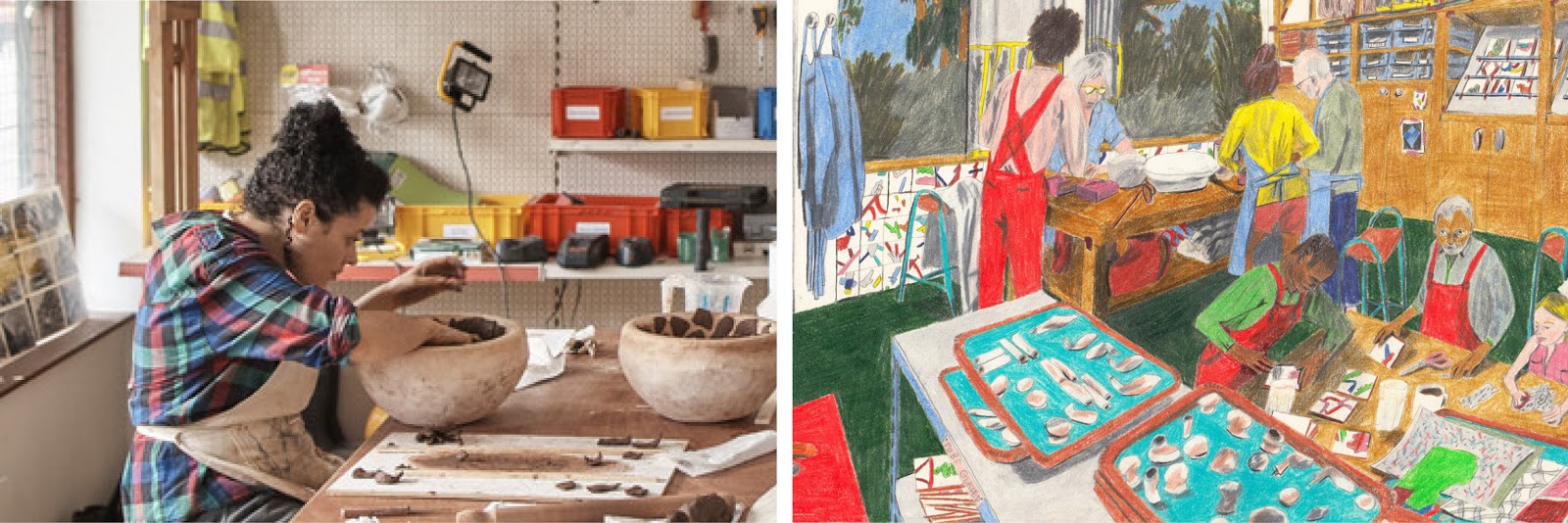A line of people extends around the block, waiting to be seated in an abandoned petroleum station turned temporary cinema, “Cineroleum,” on the hoof. It is a guerilla public space that leverages the transformational quality of movies to vitalize a literal urban transformation. It’s no coincidence that the film showing tonight is Rebel Without a Cause. The participants are undoubtedly directing their angst toward the 4,000 abandoned petrol stations scattered across the United Kingdom. However, the 20 students responsible for the Cineroleum are also setting themselves in opposition to static architecture and its inaccessibility to recent graduates saddled with debt.
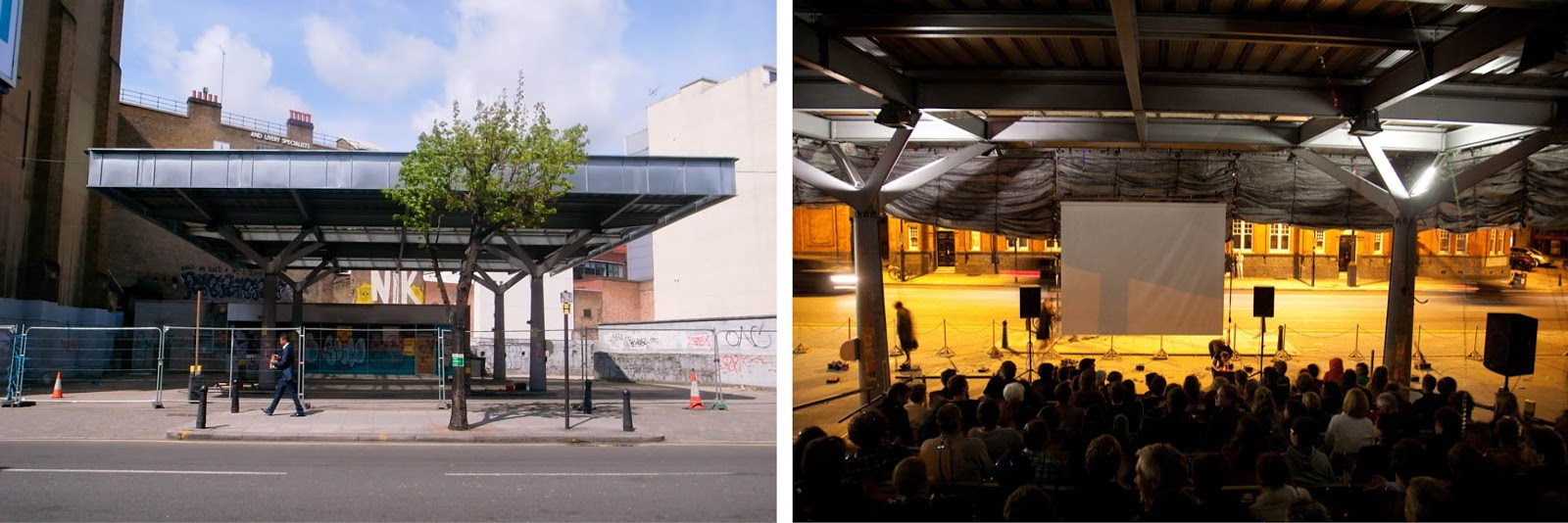
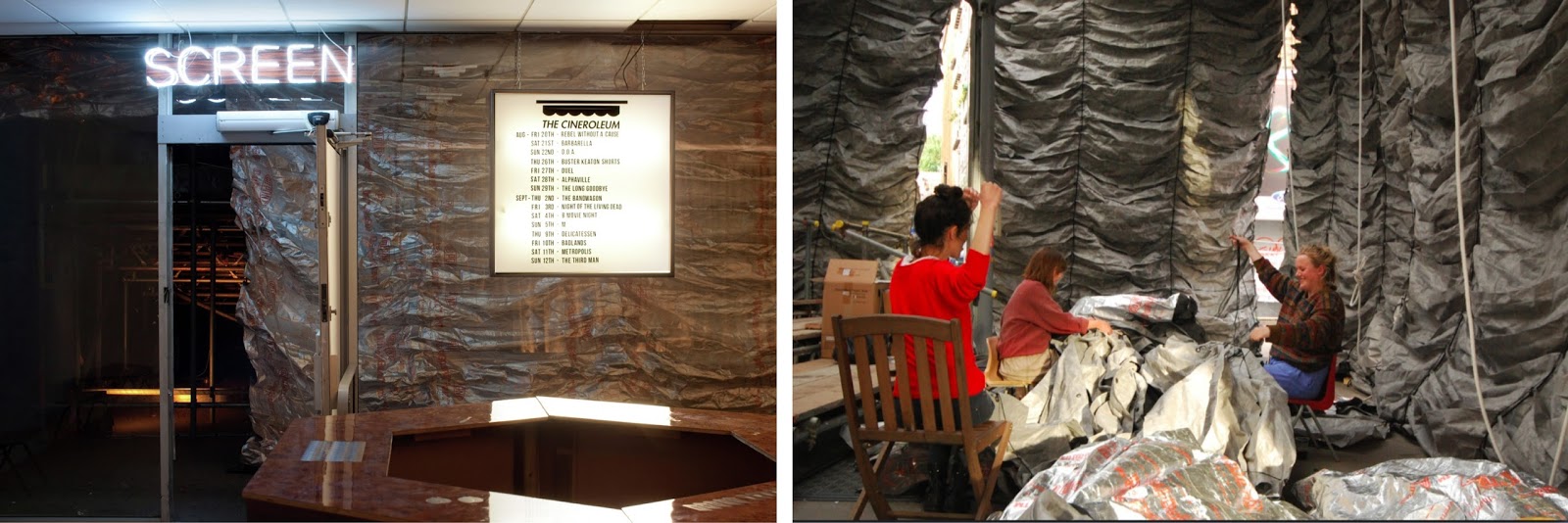
A few weeks earlier, the graduates, not all from architecture school, pony up £100 each and coordinate their vacation times to make something happen. The group rallies a large volunteer labor force and then orients itself to demonstrating how to realize the project, publishing an instruction manual as they go. Designing for unskilled workers requires the team to pare down the design to its bare essentials. Plywood seats are made from simple templates, exterior walls from sewn construction fabric. An unavoidable, hand-labored quality infuses the work.
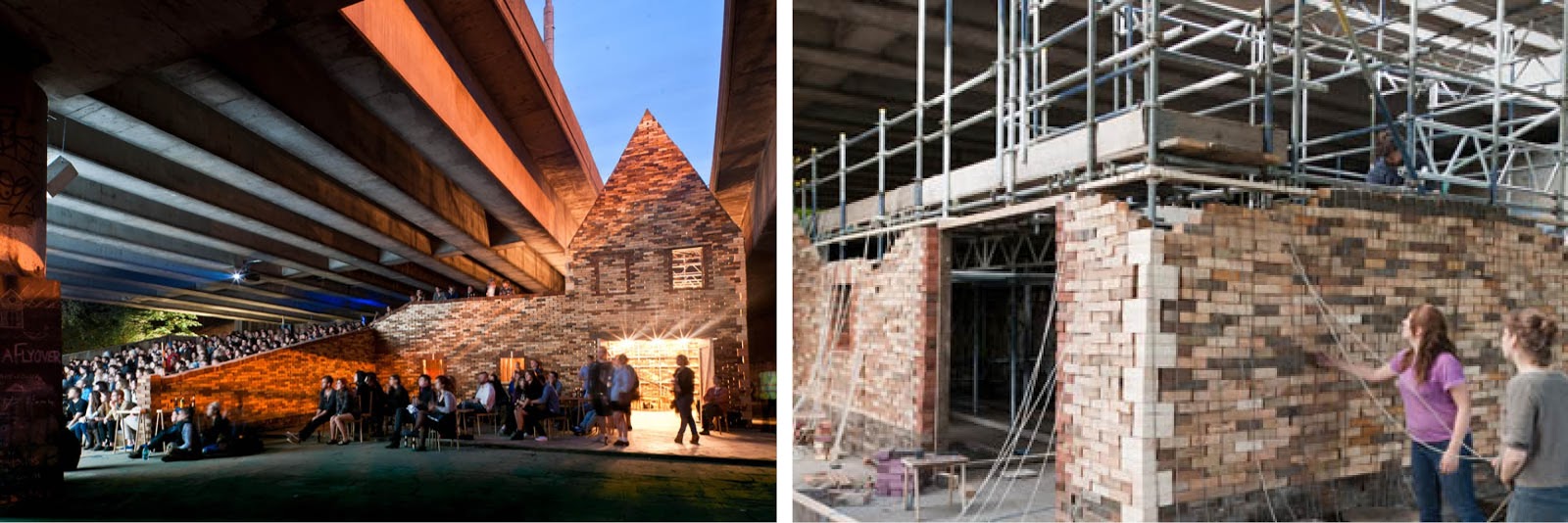
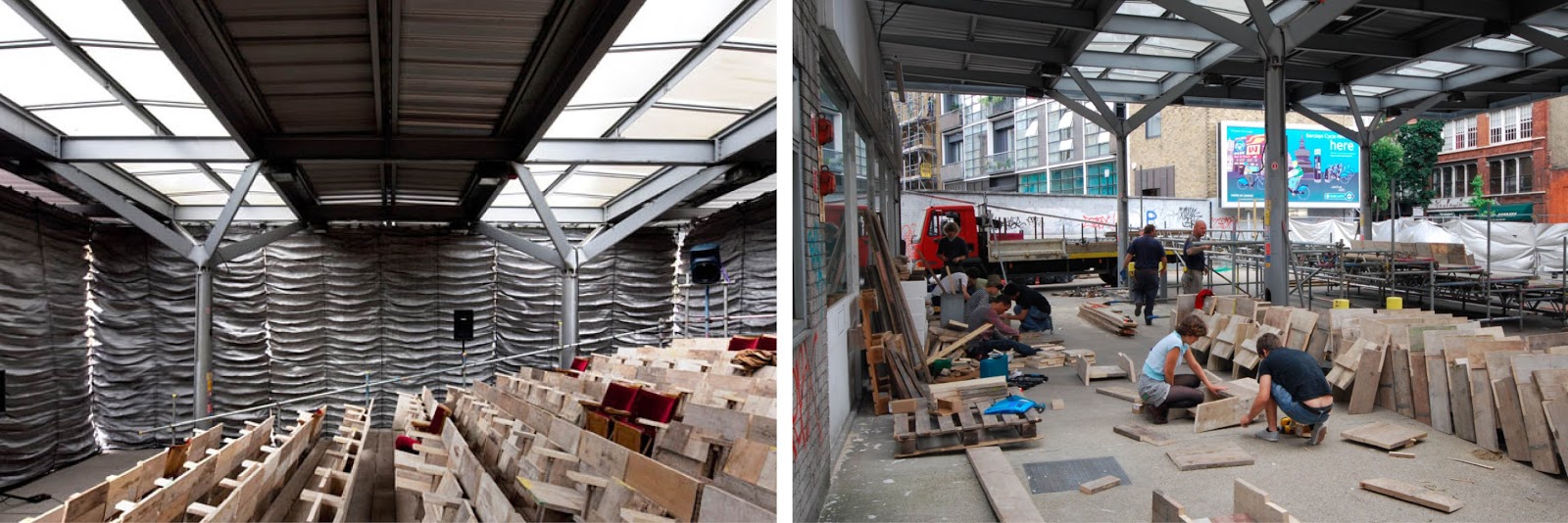
For the performance, the team don reflective suits made from the same façade material and orchestrate the cinematic event, revealing the project is as human as it is building. The metaphor being, “we are our work.” At the end of each showing, the curtains are lifted up and the participants are reintroduced to reality, but left with the after-image of the possible transformation.
Coming to terms with the success of their new-found agency, the group forms an architecture practice: Assemble. Their second project again combats transportation infrastructure, designing another theatre to reactivate space under a highway overpass. The same ethos is carried over; mortar-less brick is threaded through rope and walls are temporarily constructed from building scaffolding.
Still unsatisfied with the status quo, alternative models for sustaining their practice are pursued in the form of a cooperative artist studio where they lease space to artists and work themselves. They win the 2015 Turner Prize, an award traditionally reserved for artists, to inject a substantial prize earning into a neighborhood revitalization project in Liverpool, England. They capitalize on the handmade industry of their work, carving a niche for residents to make craft products for an age that again craves them. Assemble continues the tradition of making architecture for teaching, but adapts to a modern playing field.
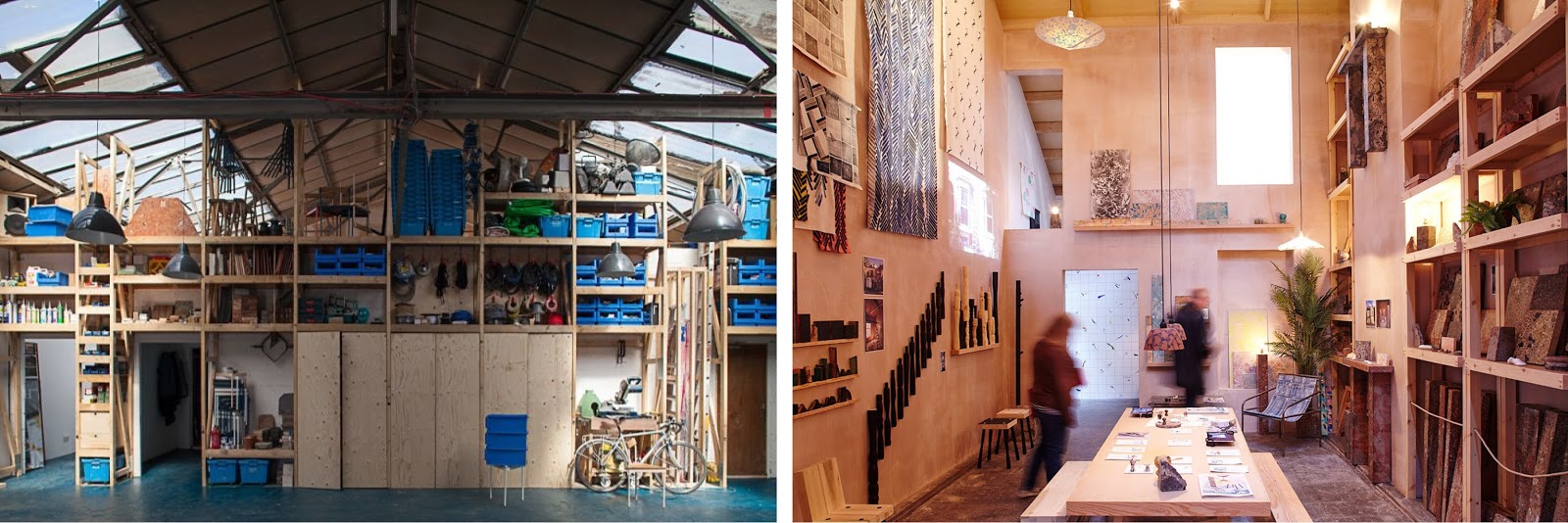
Commercial
A well-designed workplace can dramatically improve business. Our designers collaborate with clients across all markets to understand the dynamics of each workplace to create human-focused environments that function for today and will adapt to tomorrow.
Learn more